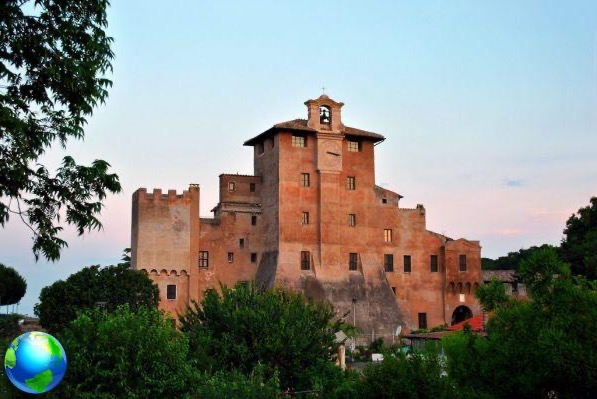In Messina, in Sicily and in the Strait on the Feluca swordfish has always been caught. Here the rituals and phases for the capture have made history, and we want to tell you about them
Everything always starts from Mediterranean.
The cradle of civilization, the center of the commercial, social and cultural world. And that's where my story starts, precisely from Messina, the door of the Sicily, where the cuisine is mixed with a millenary culture of great fishermen and glorious boats. In a city like Messina, it may be superfluous, perhaps even repetitive, to write about great cuisine starring the blue fish, but the experience I am about to tell you goes beyond all this. It is a story of fishing, of adventure and a story that only Messina can give you.

The protagonist of the story is the Swordfish, the one who plows the seas of the Strait, who lives in those 3km between Sicily and the continent. The swordfish is not just any fish, it is a fighter and one who does not give up, and for this reason catching it becomes a battle, where only the most skilled fishermen have the upper hand.
La catching swordfish takes place by plowing the Tight on the Felucca, a typical seafaring boat whose shape resembles that of the swordfish. Equipped with a high sighting antenna and a gangway, used by the harpooner to hit the fish; precisely this is an extremely intense moment in which the whole crew maintains maximum concentration. Think about the accuracy of the harpooner in harpooning a fish of that size, knowing that he will probably have only that opportunity during the fishing trip.
One is then thrown long spear equipped with a hook that tends to stick into the strong and robust meat of the fish and to get out of it with difficulty, at this point the battle begins and becomes epic, the sword struck wiggles, sometimes tries to throw itself against the fishermen as if it were a challenge, but also tries to sink, the fisherman counterattacks "giving rope”, Trying to make him tire and make his vitality fade. Once exhausted, the fish is hoisted onto the felucca and is "fell", Or is scratched on the back, by the captain of the boat, to mark the piece of sword that will be in his possession, but also as a probable handshake, a sort of compliment, as if to mean:" You too have been good ! ".

This ritual sign is followed by others, rigorously respected and handed down over time by fishermen. At the end, they cover the animal with care to shelter it from the sun and it is possible to witness a fascinating change in the tone of the fish's skin, which alternates intense colors with light colors. It is definitely a spectacular event, rich in traditions, colors and customs of a people who share their destiny with the sea.
The swordfish is precisely the protagonist, not only of the sea but also of the table, it is one of the typical dishes of Messina, because it is caught after an exhausting battle, and a fish that must be respected for its tenacity. It therefore becomes a delicious dish, especially in the summers of Messina; how not to appreciate one good and fresh slice of swordfish with cherry tomatoes, black olives, onion and parsley.

Summer dish to accompany with a good white wine and to be enjoyed in the family-run restaurants of the seaside villages of the Messina coast, such as Lighthouse tower , the closest point to the Calabrian coasts where the two seas meet, the Ionian and the Tyrrhenian, beaten by the currents that, every day and every night, at the same hours cause the Cariddi whirlpool a few meters from the shore, and is precisely in the myth that we find the origins of this unique place, able to provoke in the visitor great charm and emotion especially for the legends of Colapesce and of Scilla and Cariddi that are still handed down and are listened to by the new generations, almost with reverence and respect, the same that is given to the sea.
The ways, the customs of swordfish cuisine they do not end there; in fact, it is typical of the culinary culture of the city of the strait to cut sword meat like a roll, called in the most correct way "Braciola" and filled with breadcrumbs, cheese and parsley. They too are a journey into the seafaring culture of the Messina villages, not only in Torre Faro but also in Ganzirri, a splendid village, where there are two marshes connected directly to the sea, used for the breeding of mussels, which make it a dominant feature of the village since the same mussels and clams are sold and even eaten on the street.

Here, I have experienced all this. I witnessed the capture of swordfish. I was able to savor the intense and romantic flavor of a dish with a thousand-year history of a people indissolubly united to the sea behind it. To that sea. Everything always starts with the Mediterranean.

























